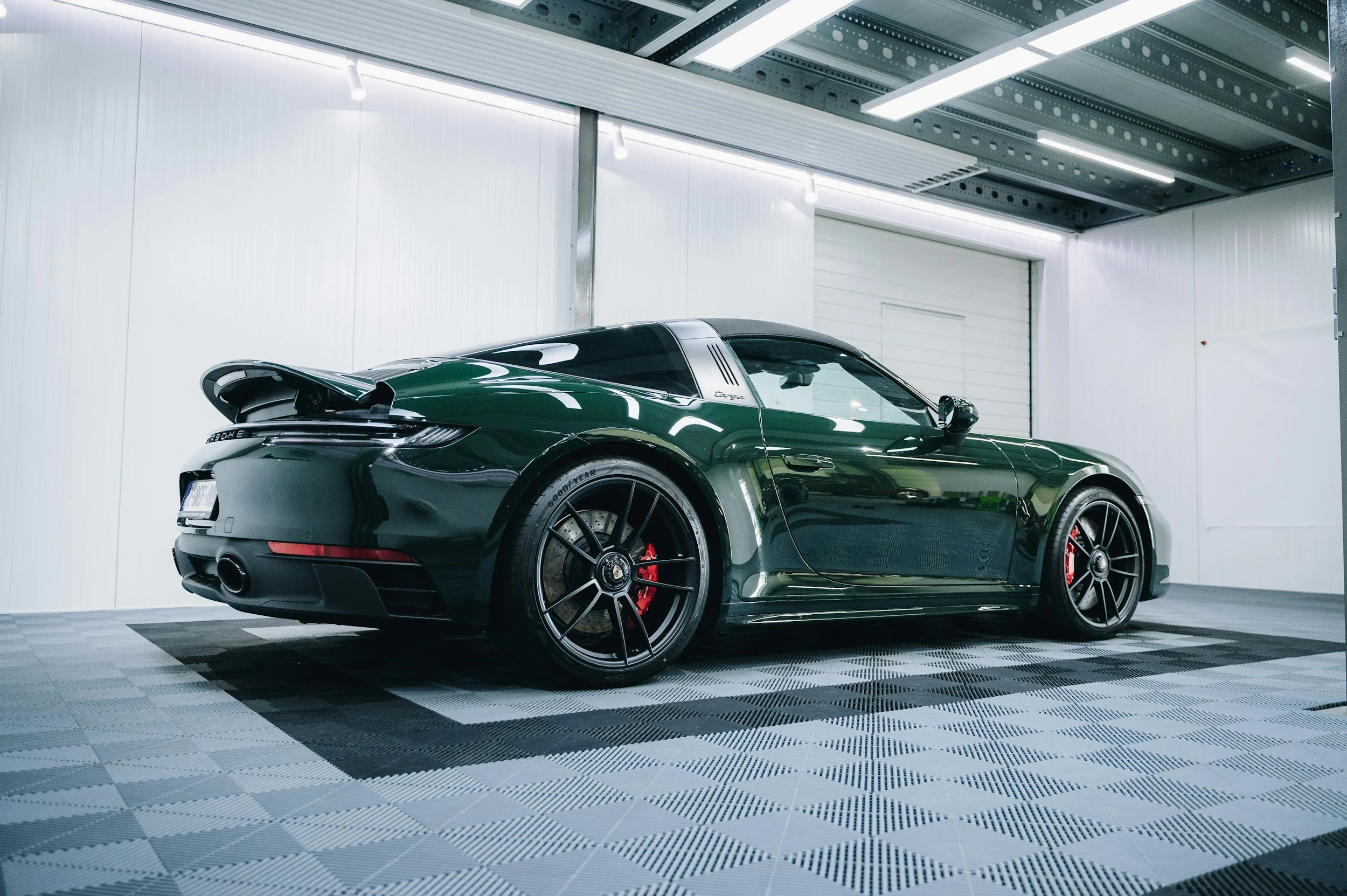
FAQ’s
1. What is Paint Protection Film (PPF)?
Answer: Paint Protection Film, also known as clear bra, is a transparent polyurethane film applied to the painted surfaces of a vehicle to protect it from scratches, chips, stains, and environmental damage.
2. What are the main benefits of PPF?
Answer: PPF offers multiple benefits, including:
Protection from rock chips and road debris
Resistance to stains from bird droppings, bugs, and tree sap
UV protection to prevent paint fading
Self-healing properties that eliminate scratches with heat
Long-term cost savings by preserving resale value
3. How long does PPF last?
Answer: We only use top of the line PPF, with proper clarity and longevity. Our PPF has a LIFETIME WARRANTY.
4. Will PPF affect the appearance of my vehicle?
Answer: Not at all. PPF is designed to be virtually invisible, maintaining the original paint color and finish. There are also options like matte PPF to give your vehicle a satin look, as well as colored PPF to fully change the color while still having the protection benefits.
5. Is PPF better than ceramic coating?
Answer: They serve different purposes. PPF offers physical protection from chips and scratches, and everyday damage, and is also self healing, while ceramic coatings provide chemical resistance and ease of cleaning. For best results, many car owners apply ceramic coating over PPF.
6. Does PPF really heal itself?
Answer: Yes! Our PPF has self-healing technology. Minor scratches and swirl marks disappear when exposed to heat from the sun or warm water.
7. Can I wash and wax my car like normal with PPF installed?
Answer: You can wash it as usual. In fact, the film makes cleaning easier because it’s hydrophobic, meaning water and dirt have a harder time sticking. However, you actually shouldn’t wax it, as waxing it would have no effect, and could damage the hydrophobic top coat of the film.
8. Does PPF prevent all damage?
Answer: While PPF significantly reduces the risk of cosmetic damage, it’s not bulletproof. It protects against most everyday hazards like gravel, bug splatter, and light abrasions—but won’t stop deep dents or major collisions.
9. Where should I apply PPF on my vehicle?
Answer: Popular areas include:
Front bumper
Hood
Side mirrors
Fenders
Door edges and handles
Headlights
Any low areas behind the wheels that can catch rocks from the road
You can also opt for full-body coverage for maximum protection.
10. Is Paint Protection Film worth the investment?
Answer: Absolutely. While the upfront cost can be significant, PPF protects your car’s finish, maintains resale value, reduces repair costs, and keeps your vehicle looking new longer, making it a smart long-term investment.
